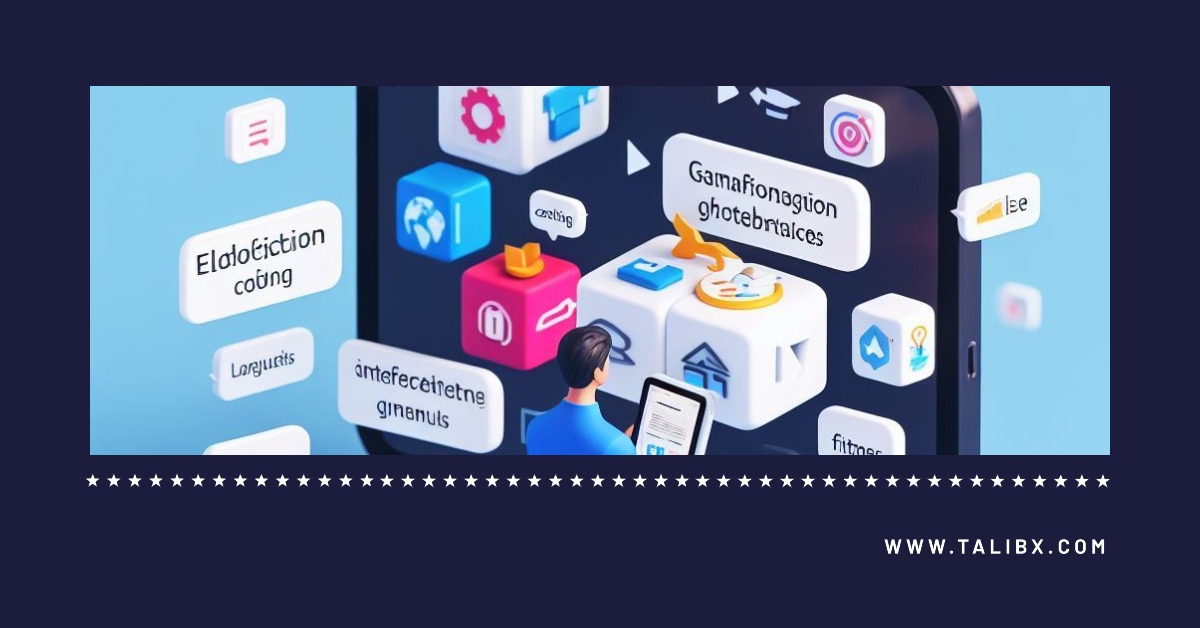In the rapidly evolving landscape of education, the digital age has ushered in transformative changes, offering innovative tools and methodologies to enhance the learning experience. One such impactful approach gaining momentum is microlearning. Microlearning involves the delivery of small, focused bursts of information, making it an ideal fit for the fast-paced, technology-driven world we live in.
Benefits of Microlearning:
Efficiency and Flexibility:
Microlearning modules are concise and easily digestible, allowing learners to absorb information efficiently. This approach is particularly advantageous in a society where time is of the essence. Learners can access content at their convenience, breaking down complex topics into manageable segments.
Personalized Learning:
Microlearning can be tailored to meet individual learning needs. By providing bite-sized content, educators can customize learning paths to address specific strengths and weaknesses of students. This personalized approach fosters a more engaging and effective learning experience.
Improved Retention:
Research indicates that short, targeted learning sessions result in better information retention. Microlearning engages learners' cognitive processes more effectively, leading to enhanced memory recall and a deeper understanding of the subject matter.
Adaptability to Diverse Learning Styles:
Students have diverse learning styles, and microlearning accommodates these differences. Visual learners can benefit from multimedia content, while interactive elements cater to kinesthetic learners. The versatility of microlearning makes it an inclusive and adaptable tool for educators.
Integration into Educational Practices:
Curriculum Enhancement:
Microlearning can complement traditional teaching methods by serving as supplementary material. Educators can use it to reinforce key concepts, provide additional resources, or offer alternative perspectives on a topic.
Professional Development:
Beyond student learning, microlearning can play a crucial role in the continuous development of educators. Short modules on new teaching methodologies, technology integration, or subject-specific updates enable teachers to stay current and effective in their roles.
Assessment and Feedback:
Microlearning can be integrated into the assessment process. Bite-sized quizzes or interactive elements provide instant feedback, allowing both educators and students to gauge understanding and identify areas that may require further attention.
Challenges and Considerations:
Technology Accessibility:
While digital platforms are widely accessible, it's essential to consider the availability of technology for all students. Efforts must be made to bridge the digital divide to ensure equitable access to microlearning resources.
Content Quality:
The success of microlearning hinges on the quality of content. Educators should prioritize creating engaging, accurate, and relevant materials to maximize the impact of this learning approach.
In the dynamic landscape of education, microlearning stands out as a powerful tool for enhancing the learning experience. Its efficiency, adaptability, and personalized nature make it a valuable addition to traditional teaching methods. As educators continue to embrace innovative approaches in the digital age, microlearning holds the potential to revolutionize education by making learning more accessible, engaging, and effective for students of all backgrounds and learning styles.



